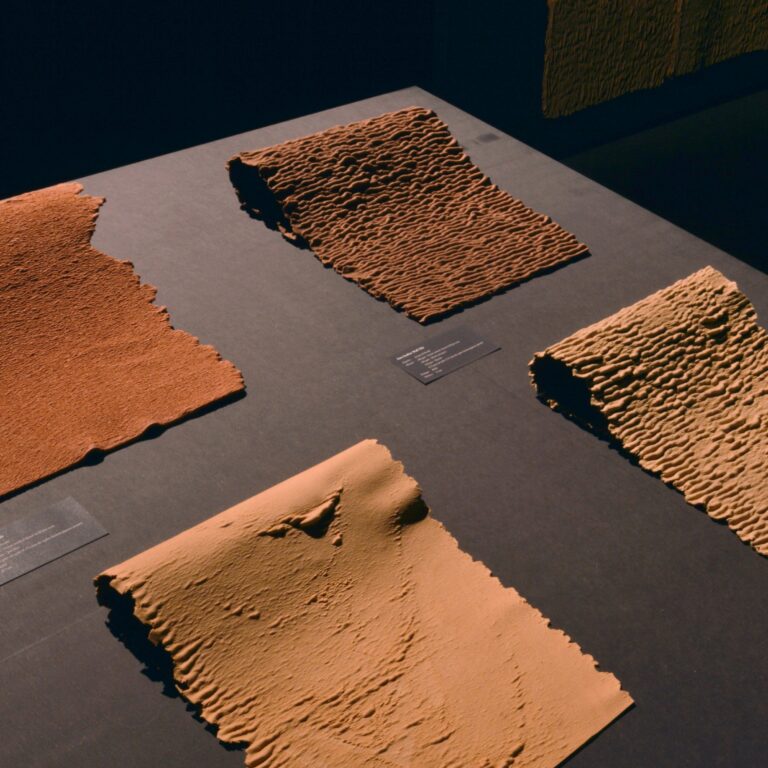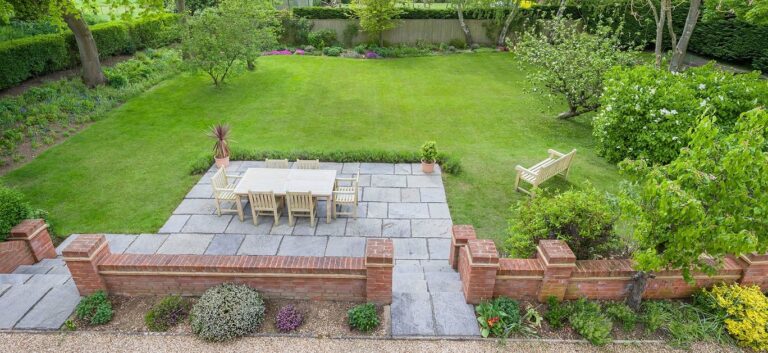eco-friendly alternatives to traditional particle board in furniture
Today we discuss eco-friendly alternatives to traditional particle board in furniture. Are you searching for environmentally friendly alternatives to conventional particle board for your furniture? You’re in luck! Numerous sustainable choices can minimize your ecological footprint while also introducing a stylish element to your home decor.
Bid farewell to harmful chemicals and embrace a more eco-conscious approach to furnishing your living space. This article will delve into some top alternatives to traditional particle boards and how they can elevate the aesthetics and sustainability of your furniture.
Excited to discover more about eco-friendly options for traditional particle board in furniture? Let’s get started!
What are some eco-friendly alternatives to traditional particle board in furniture?
Particle board is popular in furniture making for its low cost and flexibility, but it raises environmental issues because of formaldehyde adhesives and energy-intensive production.
With growing eco-awareness, sustainable alternatives to particle boards are becoming more favored.
In this piece, we’ll discuss eco-friendly choices for furniture production that provide the same advantages while being environmentally responsible.
1. Solid Wood
Solid wood is a timeless and durable choice for furniture. It offers a natural appeal with unique grain patterns and textures. Choosing sustainably sourced wood from responsibly managed forests ensures minimal environmental impact. Look for certifications such as the Forest Stewardship Council (FSC) to ensure the wood comes from well-managed forests. Solid wood furniture is built to last and can be repaired or refinished, reducing waste in the long run.
Benefits of Solid Wood:
- Natural and aesthetically pleasing
- Durable and long-lasting
- Repairable and reconfigurable
- Renewable resource when sourced sustainably
2. Bamboo
Bamboo is an eco-friendly alternative due to its rapid growth and renewability. It is one of the fastest-growing plants on Earth, reaching maturity in just a few years. Bamboo requires minimal water, pesticides, or fertilizers, making it an excellent sustainable choice. It can be used as solid boards, veneers, or strand-woven bamboo, which is highly durable and suitable for furniture construction.
Benefits of Bamboo:
- Rapidly renewable resource
- Highly durable and strong
- Requires minimal water and chemicals for cultivation
- Naturally resistant to pests and fungi
3. Reclaimed Wood
Reclaimed wood refers to salvaged wood from old buildings, barns, or other sources. Recycling this wood reduces the demand for new timber and prevents it from ending up in landfills. Reclaimed wood carries a unique character and history, adding charm and authenticity to furniture pieces. It requires minimal processing and helps reduce deforestation.
Benefits of Reclaimed Wood:
- Reduces demand for new timber
- Repurposes materials that would otherwise go to waste
- Unique and distinctive appearance
- Lower carbon footprint compared to virgin wood
4. Engineered Wood Products
Engineered wood products, such as plywood and medium-density fiberboard (MDF), offer a more sustainable alternative to traditional particle board. These products are made by binding wood fibers or veneers using eco-friendly adhesives. By optimizing the use of wood resources and reducing waste, engineered wood products provide excellent stability and strength for furniture construction.
Benefits of Engineered Wood Products:
- Economical and readily available
- Reduced waste compared to solid wood
- Eco-friendly adhesives can be used
- Consistent quality and dimensional stability
5. Recycled Plastic Lumber
Recycled plastic lumber is a sustainable alternative to wood-based materials. It is made from post-consumer recycled plastics, such as water bottles or food containers. This material offers durability, weather resistance, and low maintenance. Recycled plastic lumber can be used for outdoor furniture, decking, or other applications where resistance to moisture or insects is required.
Benefits of Recycled Plastic Lumber:
- Reduces plastic waste in landfills
- Requires no painting or sealing
- Resistant to insects, rot, and decay
- Long-lasting and low maintenance
6. Cork
Cork, derived from the bark of cork oak trees, is a renewable and eco-friendly material. The extraction process does not harm the tree, allowing the bark to regenerate. Cork is lightweight, insulating, and has natural acoustic properties, making it suitable for furniture construction. It is commonly used for tabletops, chair seats, and other decorative elements.
Benefits of Cork:
- Renewable and sustainable resource
- Water-resistant and impermeable to gas
- Soft and comfortable texture
- Hypoallergenic and antimicrobial properties
7. Glass
While not a conventional choice for furniture construction, glass can be utilized creatively to create sleek and modern designs. Glass tables, shelves, and decorative accents can add elegance and a sense of spaciousness to a room. Recycling glass reduces the need for raw materials and saves energy during the manufacturing process.
Benefits of Glass:
- Recyclable and reduces waste
- Easy to clean and maintain
- Creates an open and airy feel
- Versatile in design and aesthetics
8. Metal
Metal furniture is known for its strength, durability, and minimal maintenance requirements. It can be made from recycled metals, reducing the need for extraction and processing of virgin materials. Metal furniture is often used for outdoor settings but can also add an industrial or modern touch to indoor spaces.
Benefits of Metal Furniture:
- Recyclable and long-lasting
- Minimal maintenance requirements
- Wide range of finishes and designs
- Can withstand outdoor elements
9. Natural Fiber Materials
Natural fiber materials, such as rattan, seagrass, or jute, offer sustainable alternatives for furniture construction. These materials are renewable, biodegradable, and often handcrafted. Natural fiber furniture can add a bohemian or tropical vibe to your home while supporting traditional weaving techniques and local craftsmanship.
Benefits of Natural Fiber Materials:
- Renewable and biodegradable
- Textural and visually appealing
- Supports traditional craftsmanship
- Eco-friendly and sustainable
10. Leather Alternatives
For upholstery, there are eco-friendly alternatives to traditional leather, such as vegan leather, recycled leather, or cork leather. These materials offer the look and feel of leather without the environmental impacts associated with animal farming and tanning processes. They are often more affordable and easier to maintain.
Benefits of Leather Alternatives:
- Cruelty-free and vegan
- Reduced environmental impact
- Wide variety of colors and textures
- More affordable than genuine leather
Some eco-friendly alternatives to traditional particle boards in furniture:
There are several eco-friendly alternatives to traditional particle board that you can consider for your furniture:
1. Bamboo
Bamboo is a sustainable and fast-growing material that can be used as an alternative to particle board. It is strong, durable, and has a natural aesthetic appeal.
2. Reclaimed Wood
Using reclaimed wood from old furniture or buildings is another eco-friendly option. This not only reduces the need for new materials but also adds character and uniqueness to your furniture.
3. Recycled Plastic
Recycled plastic can be transformed into durable and long-lasting boards that can substitute traditional particle board. This helps reduce plastic waste and promotes a circular economy.
4. Wheatboard
Wheatboard is made from compressed wheat straw and is a formaldehyde-free alternative to particle board. It is strong, lightweight, and eco-friendly.
5. Cork
Cork is a renewable and biodegradable material that can be used as an eco-friendly alternative. It is lightweight, durable, and has excellent thermal and acoustic insulation properties.
6. FSC-Certified Wood
Opting for furniture made from wood certified by the Forest Stewardship Council (FSC) ensures that the wood comes from responsibly managed forests, promoting sustainability.
7. Plywood
Plywood, particularly those made from sustainably sourced timber, can be an eco-friendly alternative to particle board. Look for products that are labeled as FSC-certified or from verified sustainable sources.
Final Thoughts
Eco-friendly furniture alternatives like bamboo, reclaimed wood, and recycled plastic reduce carbon footprint and address concerns about harmful chemicals in traditional particle board. These options offer durability, aesthetic appeal, and sustainability. Making conscious choices as consumers can lead to a greener future in furnishing homes. What are some eco-friendly alternatives to traditional particle board in furniture?

